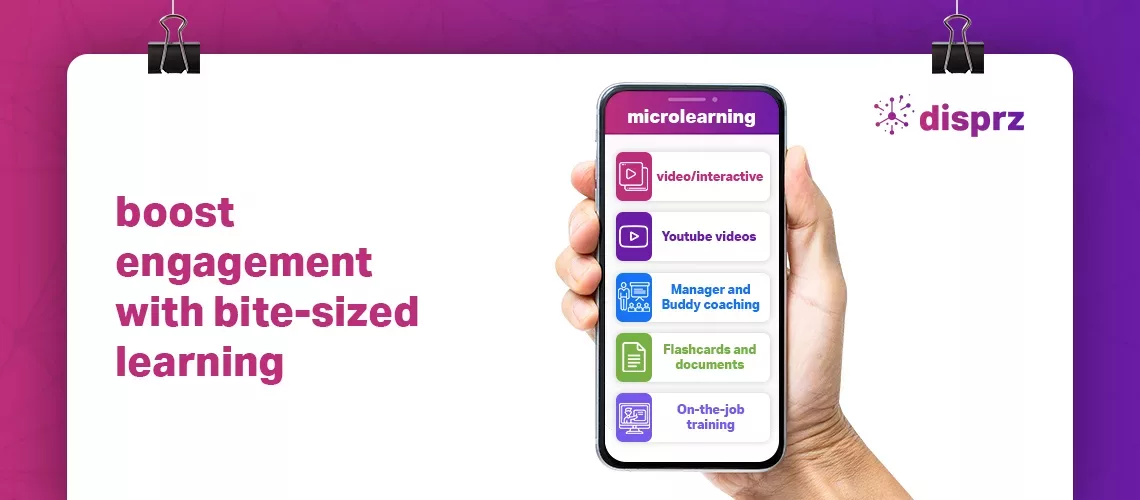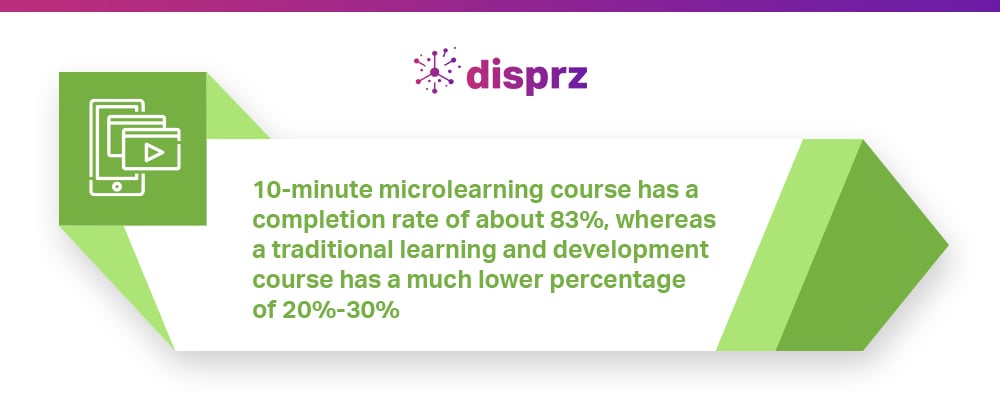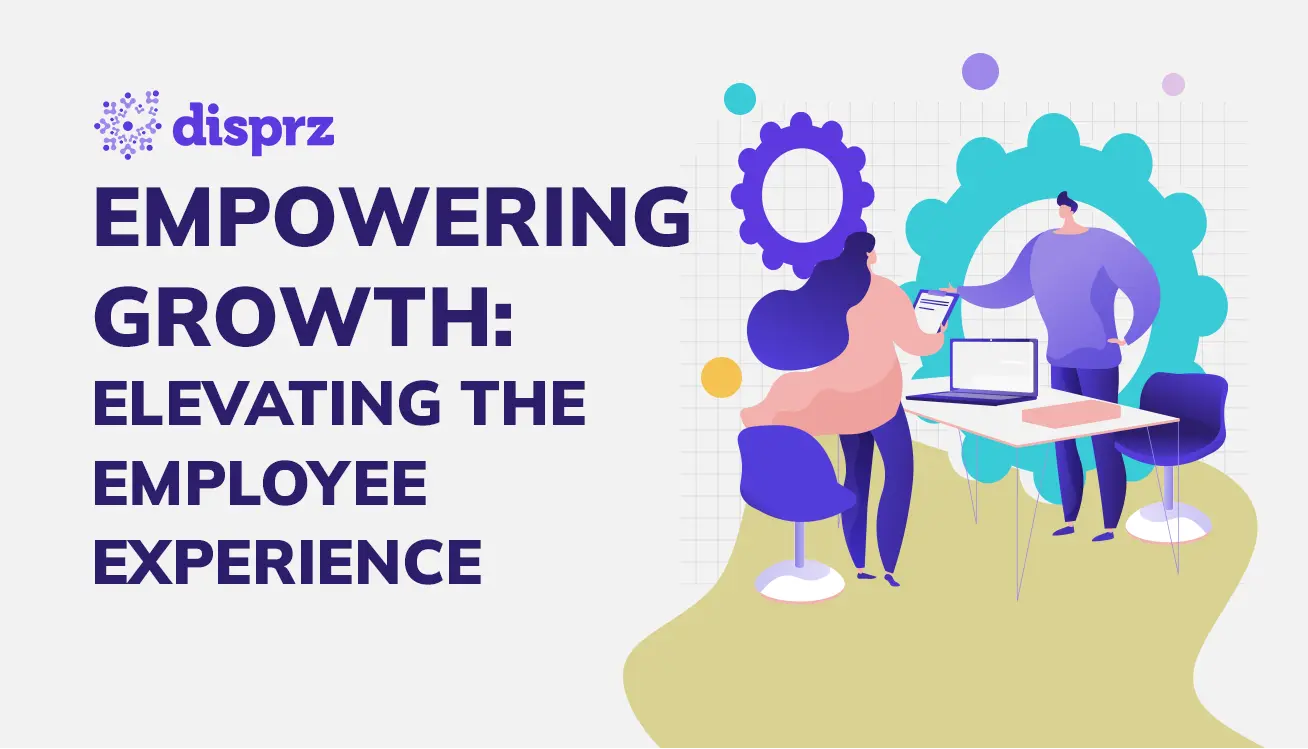-
Outcomes
Latest Blog Posts
 Essential Strategies for L&D Teams in Today’s Workplace by Cultivating Diversity and Inclusion
Essential Strategies for L&D Teams in Today’s Workplace by Cultivating Diversity and Inclusion -
Products
ProductsLatest Blog Posts
 Essential Strategies for L&D Teams in Today’s Workplace by Cultivating Diversity and Inclusion
Essential Strategies for L&D Teams in Today’s Workplace by Cultivating Diversity and Inclusion -
Customers
Latest Blog Posts
 Essential Strategies for L&D Teams in Today’s Workplace by Cultivating Diversity and Inclusion
Essential Strategies for L&D Teams in Today’s Workplace by Cultivating Diversity and Inclusion -
Resources
Latest Blog Posts
 Essential Strategies for L&D Teams in Today’s Workplace by Cultivating Diversity and Inclusion
Essential Strategies for L&D Teams in Today’s Workplace by Cultivating Diversity and Inclusion -
Company
Latest Blog Posts
 Essential Strategies for L&D Teams in Today’s Workplace by Cultivating Diversity and Inclusion
Essential Strategies for L&D Teams in Today’s Workplace by Cultivating Diversity and Inclusion

6 min read
• 10 Apr 2024
Microlearning: A Winning Strategy To Train Frontline Workers
Microlearning is the best strategy to embed learning in the flow of work and train your frontline workforce regardless of where there are.
-
eBookEmployee Upskilling - A Detailed Blueprint For Building A Skills-Driven Learning Culture
From delivery associates to retail workers, frontline employees are a company’s greatest asset to keep the wheels of commerce turning. They are the face of the company, as they deal directly with the customers, and their performance can hamper a brand’s reputation. This means that training the frontline is pivotal to bridging the performance gap and improving customer satisfaction.
However, frontline training is an arduous task. Frontline employees’ jobs are often fast-paced and time-bound. They are always on the go, so they do not have the time to engage in lengthy learning sessions. In fact, 65% of employees are overwhelmed by the amount of information presented in a traditional training course.
Crafting bite-sized learning that fits into the frontline’s busy schedule can motivate employees to learn regardless of their location. Microlearning seamlessly embeds into the flow of work; hence, learning and development professionals globally prefer this approach.

What is microlearning?
Microlearning is a way of learning that breaks training material into small, easily digestible chunks. The length of micro-learning modules is often under ten minutes. The shorter, the better, as it is challenging for employees to retain a large volume of information. MIrcolearning is portable as it is accessible through a mobile device, making it convenient for the frontline to consume and implement what they’ve learned. Companies can address the short attention span challenge with microlearning that easily breaks down any topic into insightful bytes.
Research on the forgetting curve shows that within one hour, people will have forgotten an average of 50 % of the information you presented. Within 24 hours, they have forgotten an average of 70 % of new information.
Microlearning has the power to negate the effect of the forgetting curve by refreshing the learner’s knowledge periodically. It improves the retention of essential information and enables frontline employees to incorporate it into their daily workflow.
Importance and benefits of microlearning for frontline workforce
The portable nature of microlearning gives the frontline workforce the freedom to learn from anywhere at their own pace. They can turn their downtime into productive learning minutes. For instance, while waiting for an order at a restaurant, the delivery associate can consume knowledge nuggets, or when there aren’t any footfalls during the day, the retail showroom executive can watch a short video on how to improve customer experience.
Below are the benefits of microlearning for the frontline workforce.
- Fostering a culture of continuous learning
- Faster knowledge dissemination
- Just-in-time learning
- Helps frontline in upskilling advancing in their careers

How can you implement successful microlearning for your frontline workforce
Learning expert Ray Jimenez, PhD, estimates that microlearning enables businesses to develop learning programs up to 300% faster while cutting development costs in half.
The microlearning approach is surely a win-win for employees and L&D professionals. L&d can create impactful programs in less time, and frontline employees can learn without stressing about time.
Here are a few ways to successfully implement microlearning for employees:
1. Have a mobile-first approach
Microlearning can slide easily into a learner’s day through a mobile device. Convenience is the core of microlearning, and a mobile-first approach is the best way of providing it. The short and crisp content fits best on the screen of a mobile or tablet that the frontline can use at any hour of the day. So the learners can make the most of their time through microlearning on mobile to enhance their skill set or stay updated with new products or policies.
70% of learners felt more motivated when training on a mobile device, as opposed to a computer.
2. Mix up formats
Microlearning must be minimalist yet interesting to ensure learners absorb, recall and apply relevant information rather than forget it. Utilization of a wide array of formats is one of the best ways to garner interest. So, mix and match different microlearning formats like short blogs, videos, flashcards, infographics, etc.
3. Focus on one objective per module
There is a lot to cover when it comes to frontline learning and development, but a microlearning module shouldn’t be cluttered with too much information. If it is not simple and precise, it is not microlearning. Therefore, focus on only one key point per module. By doing so, you can deliver targeted information and avoid cognitive overload.
4. Leverage compelling elements
Yes! Microlearning must be simple, but it doesn’t have to be plain vanilla. Use elements like Gif, images, statistics, etc., to make it visually appealing. Leverage presentational graphics and illustrations. When you blend a fact with a graphical illustration, it adds more impact to the point. Along with visuals, even pay equal attention to audio. Use audio intelligently with enchanting background and sound effects.
5. Have two-way Feedback
Are your microlearning programs driving performance? Are the employees satisfied with the learning material? What would they like to change in the current microlearning modules?
It is pivotal to give and receive feedback to find answers to these and many other questions. Analyze the employee’s learning progress and give timely feedback. Try to find out what’s holding them back from performing. Which part of your microlearning strategy is ineffective? Amassing frontline employees’ opinions is crucial to improving all aspects of your training. Hence have meaningful one-to-one interactions with your employees and incorporate their feedback to design better micro-learning programs.
Conclusion
Through micro-learning for employees, it is possible to train the distributed workforce regardless of where there are. However, it is imperative to have the technology to make the microlearning initiative successful.
Frontline workers need a unique solution that blends in with their unique requirements. For instance, as the distributed workforce do not have time to learn, they need an OJT platform that is mobile-friendly as they are always on-the-go.
Disprz is one such learning solution that is designed with the specific needs of the distributed workforce in mind. It offers Frontline Enablement Solution to provide on-the-job training to the frontline workforce. You can create a drip journey to ensure continuous learning. Moreover, using Flashcards in multiple languages, you can engage the distributed workforce and even keep them updated on various vital information.
With a solution for the frontline, the industry leaders have been able to reduce time-to-productivity, keep the frontline productive always, and, more than all, create business impact. Here’s how India’s leading pharmacy retail chain used the Disprz FLE solution to provide real-time learning to their frontline workforce. They could keep their employees up-to-date through micro-learning content on how to stock up on medicines and prescribe the right drugs etc. This helped them improve employee performance and customer satisfaction.
Click here to read the full case study.

About the author

Debashree Patnaik
Debashree is a seasoned content strategist at Disprz.ai, specializing in enterprise learning and skilling. With diverse experience in B2B and B2C sectors, including ed tech, she leads the creation of our Purple papers, driving thought leadership. Her focus on generative AI, skilling, and learning reflects her commitment to innovation. With over 6 years of content management expertise, Debashree holds a degree in Aeronautical Engineering and seamlessly combines technical knowledge with compelling storytelling to inspire change and drive engagement.
More Resources
4 min read
• 15 Apr 2024
Unlocking the Power of Managerial Engagement in Talent Development
4 min read
• 09 Apr 2024
Nurturing Excellence in Building Leadership Pipelines
4 min read
• 09 Apr 2024
Improving “Employee Experience” For Organizational Growth
Sign up to get free resources and stay up to date with Disprz!
Discover how Disprz can align learning and upskilling with your desired business outcomes.




